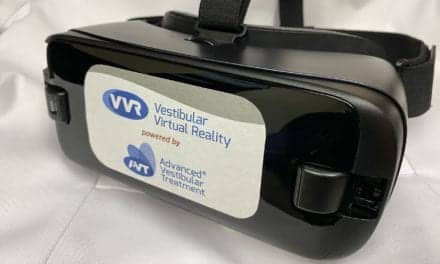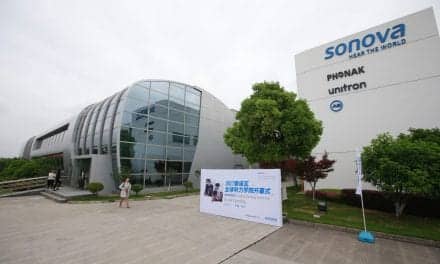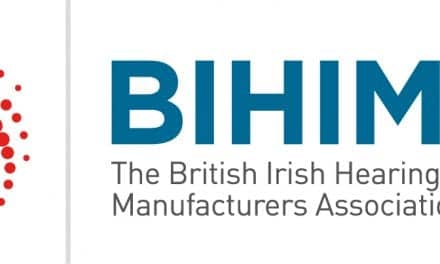Ida Institute, Naerum, Denmark, has selected Paul Peryman, PhD, of the Van Asch Deaf Education Center in Sumner, Christchurch, New Zealand, and Cindy Pichler, AuD, of Resurrection Medical Center in Chicago as the winners of the Institute’s Defining the Audiogram Challenge.
The competition invited hearing care professionals worldwide to share their best clinical practices for helping patients and their families understand and appreciate the implications of the simple audiogram, says a statement from the Institute.
Institute advisory board members reviewed and selected the winning submissions. Peryman and Pichler’s innovative approaches earned them each an all-expense-paid trip to one of the nonprofit organization’s upcoming seminars in Skodsborg, Denmark. The two audiologists shared the belief that explaining hearing loss in easy-to-understand terms that relate to familiar, everyday listening situations was a far more effective solution to helping patients understand their unique hearing loss than attempting to explain the audiogram’s bewildering series of lines and circles.
The Institute will share the best practices and unique techniques used by the two audiologists on idainstitute.com.
“Discussion among Ida Institute seminar participants about the challenges associated with explaining the audiogram to empower patients to address their hearing loss from an informed position was the catalyst for the call for submissions,” said Lise Lotte Bundesen, the Institute’s director. “What we learned from our Defining the Audiogram Challenge was the incredible range of inventiveness and empathy practitioners use to facilitate understanding and instill confidence in patients and their caregivers.”
The winning audiologists chose to illustrate their approach to explaining hearing loss using scenarios involving children with hearing loss and their parents. “It is the concept of hearing loss as depicted on the audiogram that is a potentially troubling one to interpret and convey to parents,” said Peryman in the statement. His recommendations include techniques to demonstrate to parents that they are a valued and integral part of the diagnostic and rehabilitative process, combined with opportunities for parents to experience hearing test procedures firsthand. Emphasizing what a child can hear as opposed to what he/she cannot hear is also key. “Clinical experience at the Van Asch Deaf Education Centre found that it may be easier for parents to initially relate to the increased level of signals needed to excite the auditory nervous system in their child than it is to relate to the concept of hearing loss,” he added.
In her submission, Pichler good naturedly took issue with the Ida Institute’s challenge to define the audiogram. “Why should we have to explain the audiogram at all?” she asked. “You’ll notice that I don’t explain the audiogram at all. My message needs to be what the problem is, what it means, and what we might do about it. I need to present the message in very simple terms that increase the ability of the patient to understand what is going on and what is recommended.” Pichler provides an animated and upbeat script that is effective for families trying to process new information about their children’s conductive hearing loss and easily adapted for patients of all ages and situations.
Established in 2007 with a grant from the Oticon Foundation, the Institute is as a nonprofit independent educational facility that seeks to foster a better understanding of the human dynamics of hearing loss from its recognition to its resolution—the patient journey.
[Source: Ida Institute]




